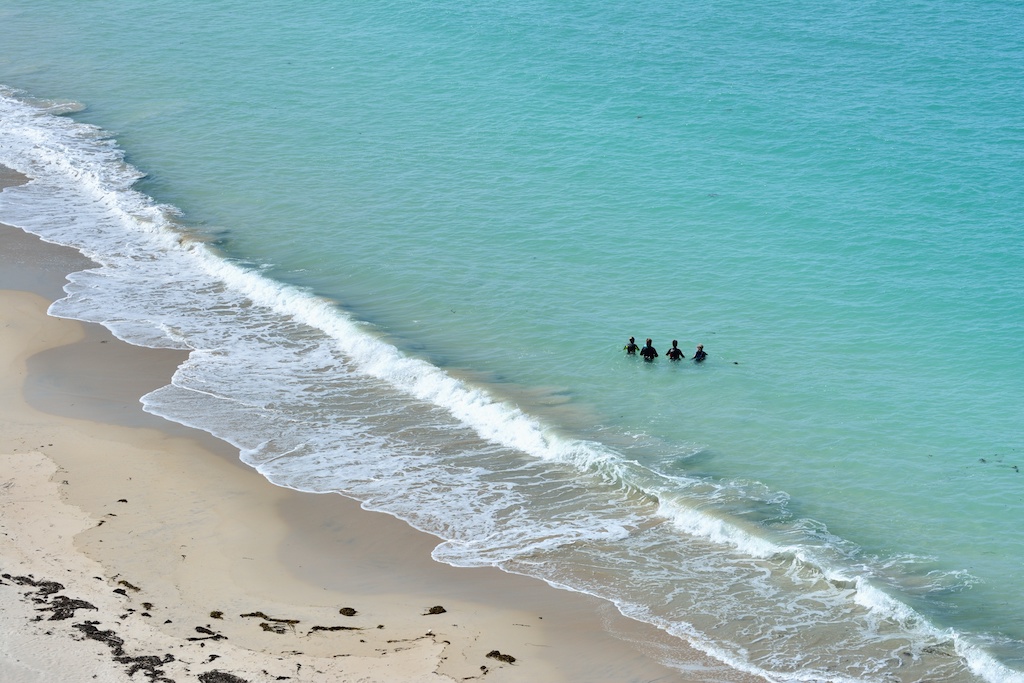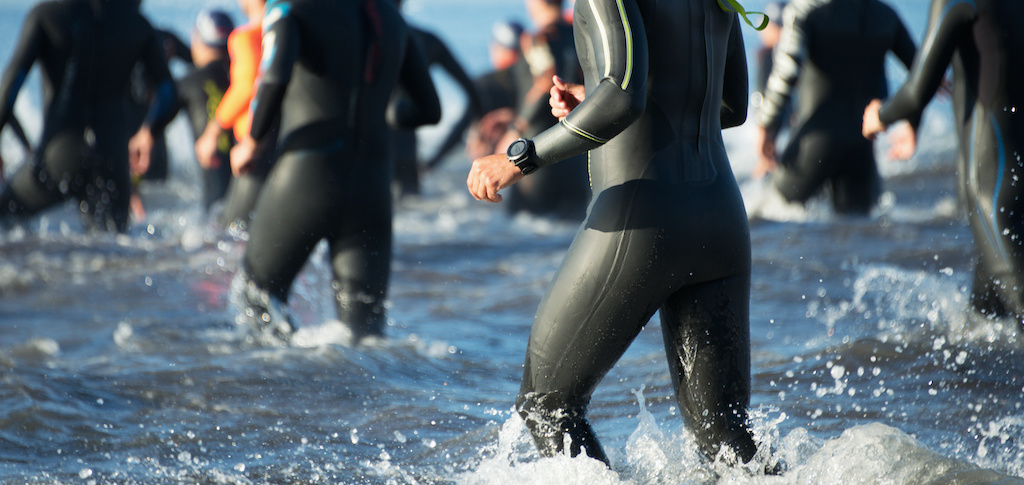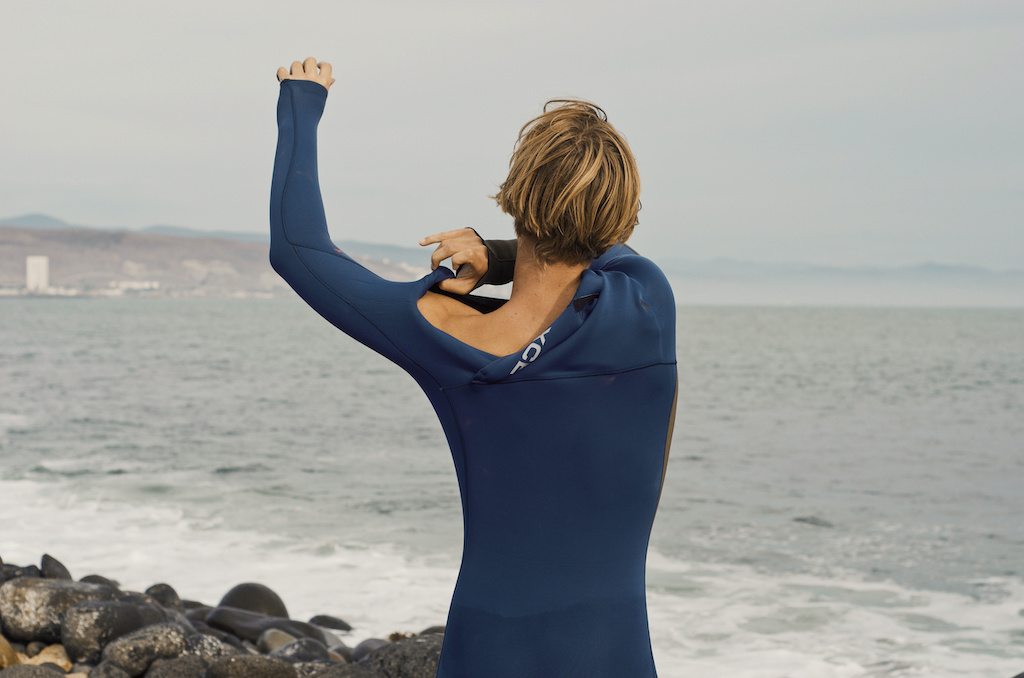The sport of sea hiking is a pedestrian activity in which hikers make progress in the sea, submerged to the waist. Both relaxing and beneficial to health, this aquatic walking technique can be carried out in any season, even during winter, as long as basic safety rules are respected and warm clothing is worn.
The origins and benefits of water hiking

Also called sea walking or water trekking, sea hiking is a weight training technique that involves taking steps in water, possibly also using a paddle. Originally, this pedestrian discipline was designed to help athletes train for rowing without putting too much strain on their joints. Due to its many benefits, it has attracted a large group of participants since it first started back in 2005. Now, it is carried out in clubs, with or without a paddle, and aquatic hiking trails have been created on many coastlines, known as blue trails.
A sea hike offers multiple advantages and is suitable for sports people of all standards:
- It improves endurance, cardiorespiratory health and power without causing stress to the body’s joints.
- Like all aquatic disciplines, it is beneficial for stimulating blood circulation.
- The effort is more intense than with traditional walking, thanks to the resistance that comes from the water.
- It works the body’s balancing mechanisms and allows for muscle strengthening across the whole body, too. It particularly works out the arms and back when it involves the handling of a paddle.
- Thanks to a pleasant setting by the sea, it promotes the release of nervous tension and relaxation.
What does sea hiking consist of?

The practice of sea hiking is conducted half-submerged in the sea up to the waist, with or without a paddle to make progress and to maintain balance. The walk can be slow or more energetic and, depending on the level of roughness of the sea, other actions may be required, such as breaking through waves. With water up to the diaphragm, you will ensure that your abs and lower back muscles are both exercised.
The technique of sea hiking consists of simultaneously moving the arms and legs, while taking long steps and leaning slightly forward: Each time the right leg advances, you have to swing the left arm and vice versa. The routes taken are generally 3 to 4 km long. Push your foot out well for a full stride and contract your abs to maintain balance. With a paddle, the movement becomes more technical because the synchronisation of the legs is less natural: Plant the tip of the paddle well in front of you, you will soon make your strides properly.
Sea hiking: Equip yourself well in winter

Walking in water is undertaken all year round, including in winter. In all seasons, successful sea hiking requires suitable equipment, in particular, aqua shoes to avoid foot injuries. In the coldest season, when the water temperature can reach below 12 °C, wrap yourself up particularly well to limit the risk of hypothermia.
To enjoy sea hiking in complete safety even in winter, the various hiking federations give valuable recommendations, for example:
- Only walk in authorised hiking areas that are located within 300 metres of the coastline.
- Find out about the weather forecast, in particular, to avoid offshore winds and so you can favour the calmest moments between the two tides.
- Do not practice sea hiking alone and/or tell loved ones what you are doing, especially when you are just starting out. Do not hesitate to equip yourself with buoys or a life jacket, especially for the first sessions.
How do you dress in winter for sea hiking?
To take part in aquatic hiking in winter, take the following equipment with you:
- A full wetsuit similar to those used for windsurfing, surfing or scuba diving.
- Aqua shoes or ankle boots with thin soles, also found in the diving or windsurfing section of sports shops: They are useful to avoid cuts on the feet, help to keep your feet warm and help avoid coming into contact with live crustaceans or jellyfish.
- Gloves – to choose well, select very flexible ones if you intend on handling a paddle or opt for webbed ones if you want to propel yourself more easily.
- A balaclava is very useful to protect you from spray in extreme cold or in the event of windy conditions.
5 essential accessories for sea hiking in winter
To complete your winter sea hiking outfit and improve your overall level of comfort, you can equip yourself with these few accessories:
- A hooded poncho to change your clothes more easily on the beach after the session.
- A waterproof pouch to store your belongings, especially your phone; something that can be useful for counting your steps, for example.
- A waterproof container to stow your wetsuit in and transport it more easily.
- Other relevant accessories.
Check out our Health & Fitness page for more advice.
